Inside Chicago’s Street Outreach Response: How Community-Led Intervention Is Saving Lives
Frederick Seaton works with the Institute for Nonviolence Chicago, supervising nine street-outreach workers in West Garfield Park, the neighborhood where they all grew up.
Image Courtesy - WBEZChicago
As Chicago experiences a significant drop in homicides and nonfatal shootings, attention is turning to the power of community violence intervention (CVI) — and in particular, the life-saving work of street outreach workers like Frederick Seaton of the Institute for Nonviolence Chicago.
Operating on the West Side, particularly in West Garfield Park, Seaton and his team are often the first on the scene — not to make arrests, but to defuse retaliation, offer support to grieving families, and prevent the next shooting before it happens.
Violence Is Falling — And Outreach Is Working
Chicago’s murder rate is the lowest it’s been in over a decade. In West Garfield Park, homicides have dropped from 15 (in the same time frame in 2021) to just 3 in 2025. Nonfatal shootings have fallen by more than half. Experts credit a range of factors, but CVI efforts are increasingly seen as a critical piece of the city’s public safety gains.
Seaton, now 66, has spent nearly two decades in this work — beginning with Ceasefire (now Cure Violence) in 2005 and now leading outreach teams at the Institute for Nonviolence Chicago. Many of his colleagues are system-impacted individuals who have gained trust in their neighborhoods as “credible messengers.”
Responding in Real Time
During a recent shooting in West Garfield Park, Seaton coordinated teams on the ground and at the hospital. While police alerts were still coming in, his team was already talking to families, identifying relatives likely to retaliate, and building a strategy to prevent escalation.
“Everybody has got a crazy cousin,” Seaton said. “Our job is to get love in there before someone reacts.”
That real-time response is crucial. At the hospital where one shooting victim had just died, Seaton witnessed family members in visible distress. One man tried to get in a car to retaliate. Outreach workers and loved ones stopped him. These moments — intense, emotional, and often invisible to the public — are where intervention efforts make their deepest impact.
Building Trust, Not Sharing Intel
Outreach teams like Seaton’s maintain communication with local police — but they do not act as informants. That firewall is essential for community trust.
“Our job is to do what we do because we can get into some crannies and some holes that [the police] can’t,” Seaton said.
Still, the relationship has evolved. District commanders now respect outreach teams and even reach out to offer assistance, a dramatic shift from decades of tension.
Not Just About Gangs
The shooting that Seaton responded to was later determined to be interpersonal — not gang-related. That mattered. Interpersonal shootings, while devastating, are less likely to provoke chain reactions than clique-based violence. Outreach efforts can focus on stabilizing immediate emotional fallout, rather than navigating long cycles of retaliation.
The Bigger Picture
Chicago’s “safety gap” — the racial disparity in homicide victims — remains staggering, but progress is clear. Black homicide victims have dropped by 50% since 2021, and outreach in neighborhoods like West Garfield Park is a major reason why.
Seaton puts it plainly:
“With relationship gathering and being credible messengers, we’re going to be able to work with the community to stop the next shooting.”
For more on this story, visit WBEZ's full report.
To learn more about the Institute for Nonviolence Chicago, visit: nonviolencechicago.org

